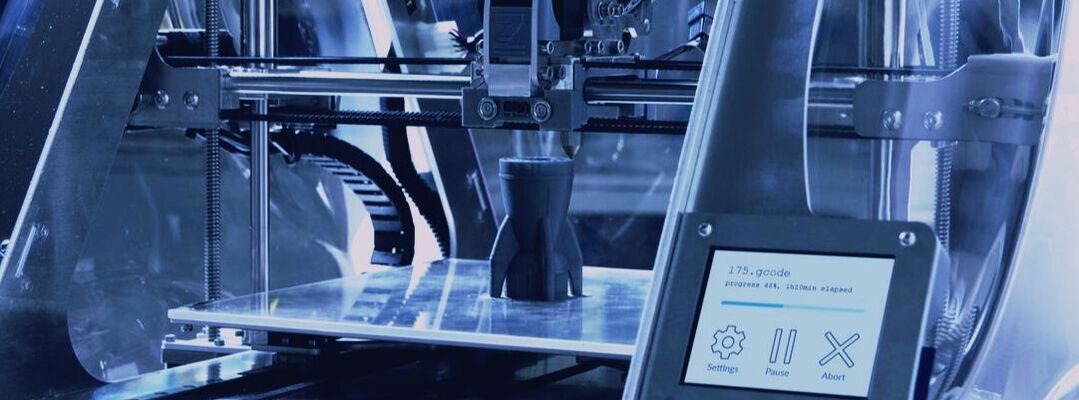|
by Alex Cortez | Business, Technology

Some of the industries that will experience tremendous changes because of 3D printers. Photo by ZMorph All-in-One 3D Printers via Unsplash
Taking a good look around today, you will notice that nothing is the same anymore. A lot of things have changed for good. And others, not so much.
One of the technologies that has the potential to change the way we live and work has been 3D printers. These devices which first got introduced in 1983 have managed to affect the production of several important tools. Many industries have undergone a revolution since 3D printing was invented with only a few yet to feel the impact of this technology.
Today, we will consider some of the industries that will experience tremendous changes because of 3D printers. But, first, let us learn what 3D printers are.
What are 3D Printers? 3D printers are devices used for rapid prototyping which create three-dimensional objects using digital models. The technology uses additive manufacturing which involves the use of heat to melt materials such as plastic and polymers to create thinly sliced portions of the material. These thin portions are then arranged layers upon layers until the object is created. The adoption and application of this technology have only continued to increase so much that additive manufacturing is projected to grow into a 35.6 billion dollar industry in the next 3 years. Advantages of 3D Printers 3D printing is not just some fancy way to make cool stuff but also offers us many real-life benefits such as: • Fast and cost-effective way to manufacture objects • It provides a flexible means to produce high quality, tangible designs, and prototypes • The technology is sustainable, scalable, easily accessible, and helps reduce general production risks • Eco-friendly • 3D printing is an efficient way to promote printing on demand which saves both money and space Industries That 3D Printers Will Change Some industries have long embraced 3D printing while others are still taking their time (especially because the technology is still developing). However, in the years to come, we’ll see 3D printers having a massive influence on the following industries: Aerospace Several aerospace companies are changing the way rockets are built and launched. One of such companies, Relativity Space, has even succeeded in building the world’s largest 3D printer for metals. As it is with the other companies, Relativity Space's primary objective is to quickly print and launch parts that are light-weight and environmental friendly and to finish a new product in a matter of days (a thing that would traditionally take months to complete). This will cut the cost of production by an estimate of 80%. Fashion Since 2017, we have been hearing about fashion companies such as Adidas, Aetrex Worldwide, and Formlabs using 3D and its materials to create shoes and other kinds of footwear. Similarly, the company Shapeways has been using DIY 3D models to create prototypes of high-quality pieces of jewelry. Real Estate The housing challenge has been useful in inspiring the use of 3D printers to create houses. ICON who was the first to develop a 3D printed house is working towards creating an entire community composed only of 3D houses and making them available to the public in the nearest future. The goal is both to solve housing problems here on earth as well as provide habitations on Mars when the time comes. Medical and Healthcare 3D printers are helping us change and fasten the procedures for manufacturing medical items such as implants, prosthetics, hearing aids, and dental materials. We are also seeing increasing development in tissue and organ fabrication due to 3D printing. Besides, companies like Formlabs are using 3D printers to create anatomical models and replicas that will change how medicine is taught as well as how surgeries are done. There are a lot of useful things a 3D printer does. We just need the materials and creativity to see it through. Conclusion The beautiful thing about the technology behind 3D printers is that it’s global. When it fully takes off, the application will be everywhere in the world (and off-world). It’ll be in every industry that prioritizes adaptability, cost-saving, and eco-friendliness. |
Categories
All
Archives
November 2023
|
|
Locations:
New Orleans, LA Nashville, TN |
|
Digital Media Ghost @2020
|


 RSS Feed
RSS Feed
